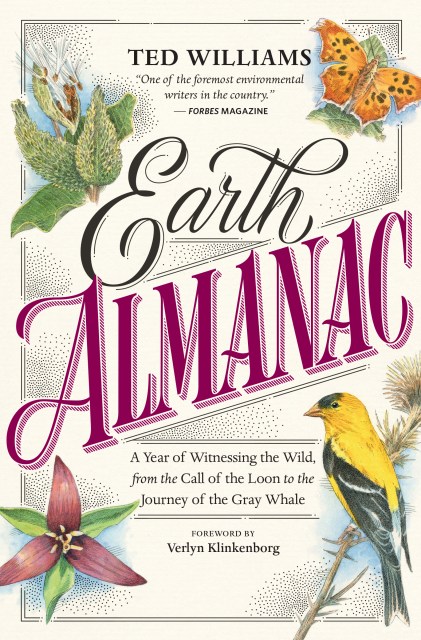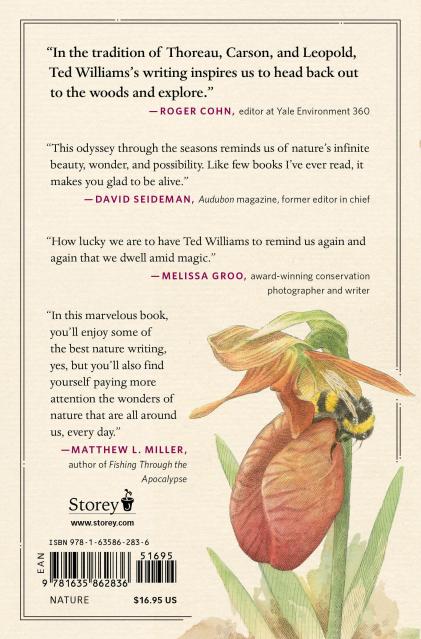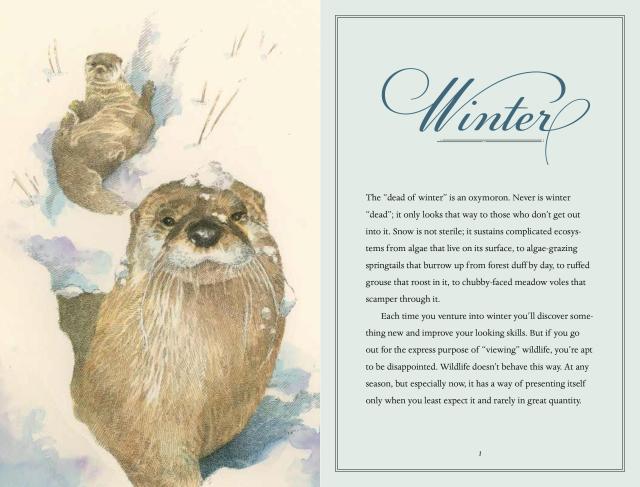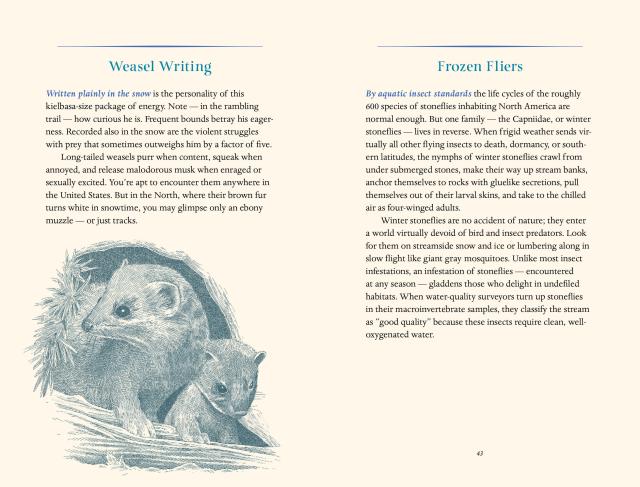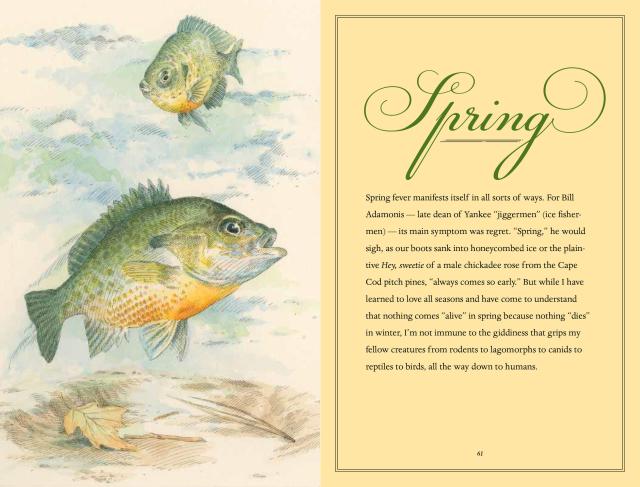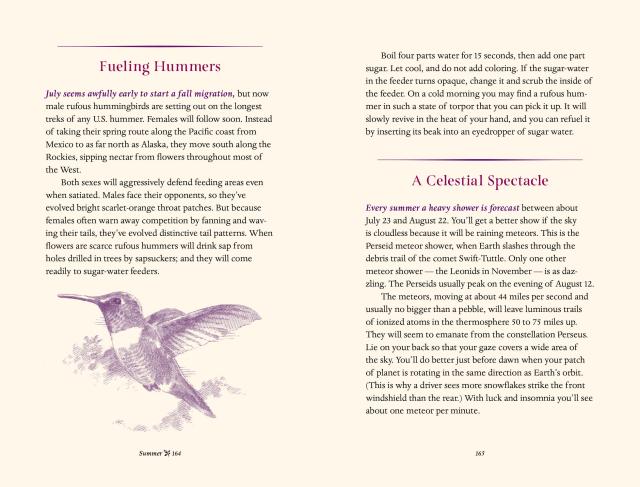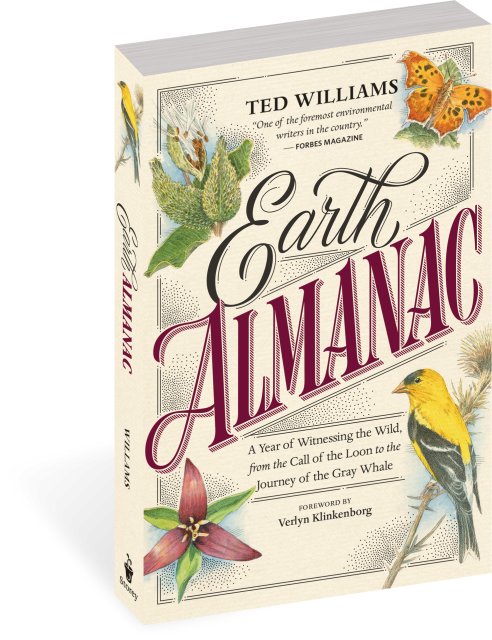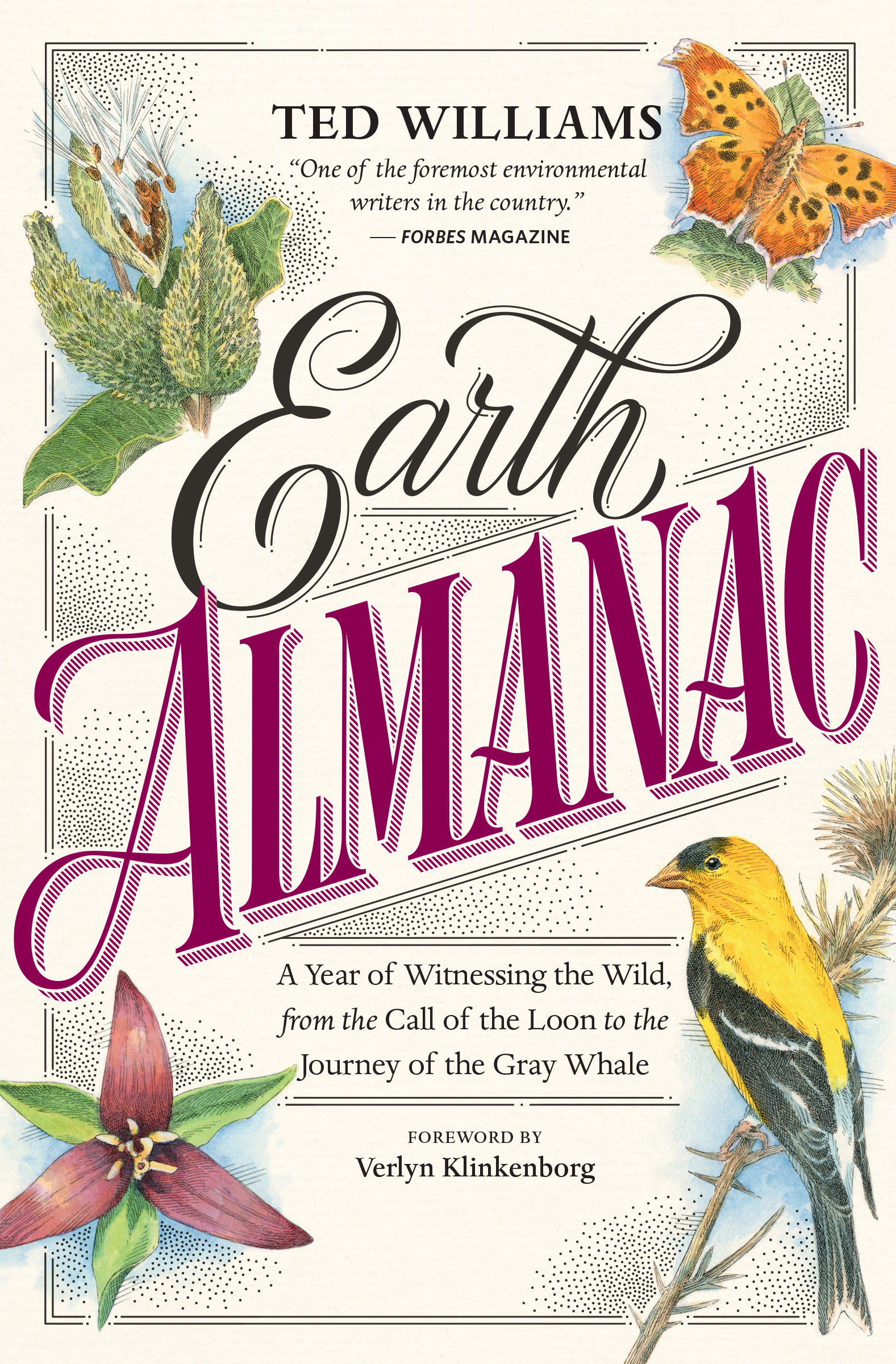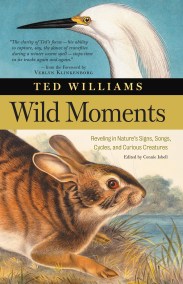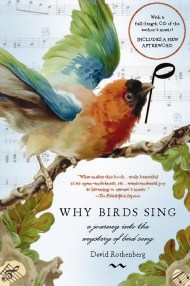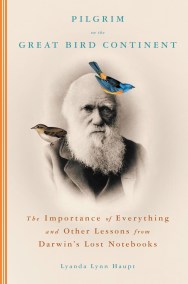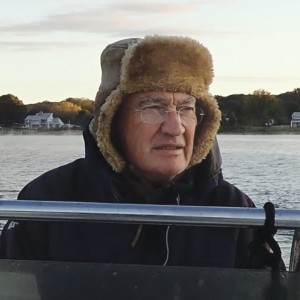Promotion
Shop now and save 20% on your back-to-school purchases & get free shipping on orders $45+ Use code: SCHOOL24
Earth Almanac
A Year of Witnessing the Wild, from the Call of the Loon to the Journey of the Gray Whale
Contributors
By Ted Williams
Foreword by Verlyn Klinkenborg
Formats and Prices
Price
$16.95Price
$22.95 CADFormat
Format:
- Trade Paperback $16.95 $22.95 CAD
- ebook $11.99 $15.99 CAD
- Audiobook Download (Unabridged) $18.99
This item is a preorder. Your payment method will be charged immediately, and the product is expected to ship on or around September 29, 2020. This date is subject to change due to shipping delays beyond our control.
Also available from:
Genre:
- On Sale
- Sep 29, 2020
- Page Count
- 256 pages
- Publisher
- Storey
- ISBN-13
- 9781635862836
Newsletter Signup
By clicking ‘Sign Up,’ I acknowledge that I have read and agree to Hachette Book Group’s Privacy Policy and Terms of Use
